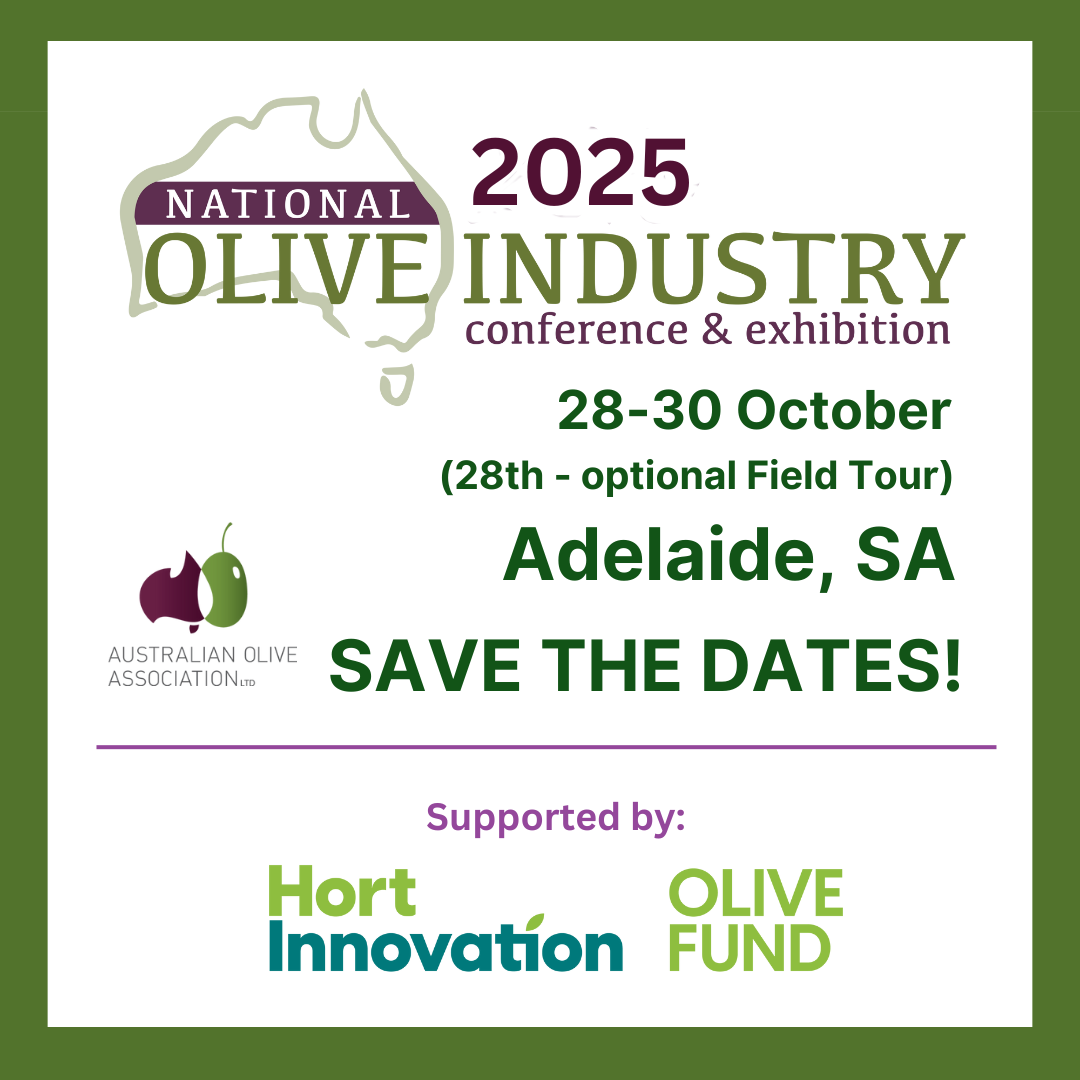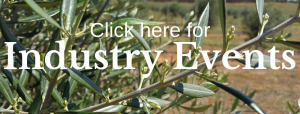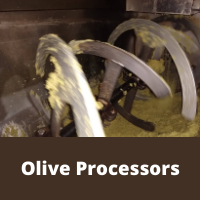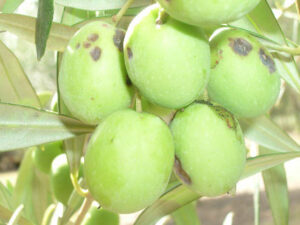

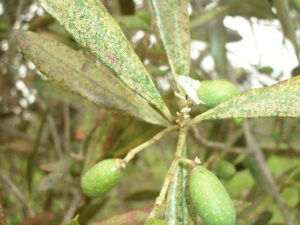
Olive lace bug (OLB) has emerged as a major issue in groves across the country this year, with an increase in both spread and severity of incidence causing crop loss and damage to many groves. Changing weather conditions – particularly an increase in moisture – are a major causative factor and are also responsible with renewed infections of Anthracnose, a long-standing scourge in olive groves.
If left untreated, both OLB and Anthracnose will quickly get out of control, so it’s crucial that all growers get out in the grove – regularly – to monitor for any signs of pests and/or disease. And then act early.
Information on identification, treatment and control
What to look for, then how to treat and manage, are the big questions and they’re answered in the range of industry IPDM resources available on the OliveBiz website. Covering life cycle, preferred environment, identification, and control and treatment options, the resources include:
- IPDM Flyers – summaries of information on major olive pest and disease topics: Black scale, Olive lace bug, Weevils, Anthracnose, Peacock spot, Cercospora leaf mould, Olive wood rots and dieback, Exotic pests and diseases, and Current chemical options for key pests and diseases.
- IPDM Online Tutorials – 10-15 minute tutorials on IPDM, Monitoring, Biosecurity, Black scale, Olive lace bug, Apple weevil, Anthracnose, Peacock spot and Cercospora leaf spot.
- Revised Field Guide to Olive Pests, Diseases and Disorders – Australian plus new exotics, to assist in identification of pests, diseases and disorders, and beneficial natural enemies.
- Best Practice IPDM Manual – information on IPDM strategies, including pesticide selection and application.
- IPDM Videos & Presentations – information and experiential learning from the AOA’s 2018 Integrated Pest & Disease workshops.
You’ll find them all – and many more grove management resources – on the OliveBiz website here.

